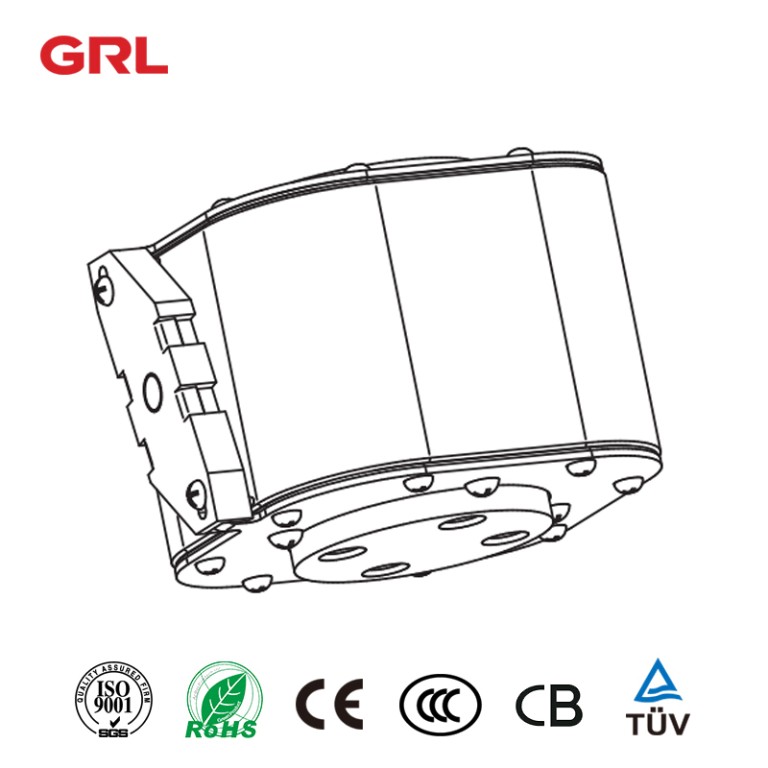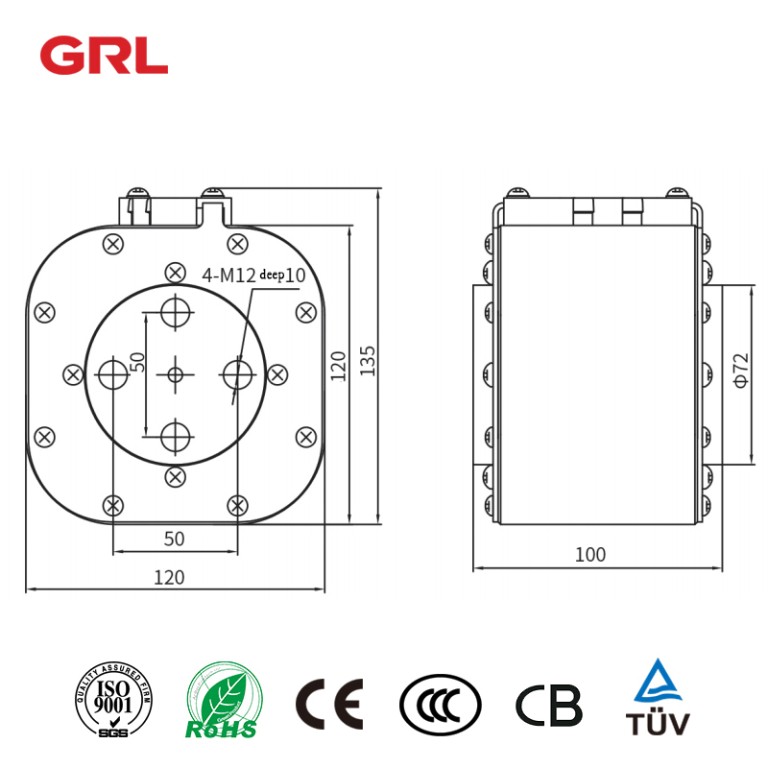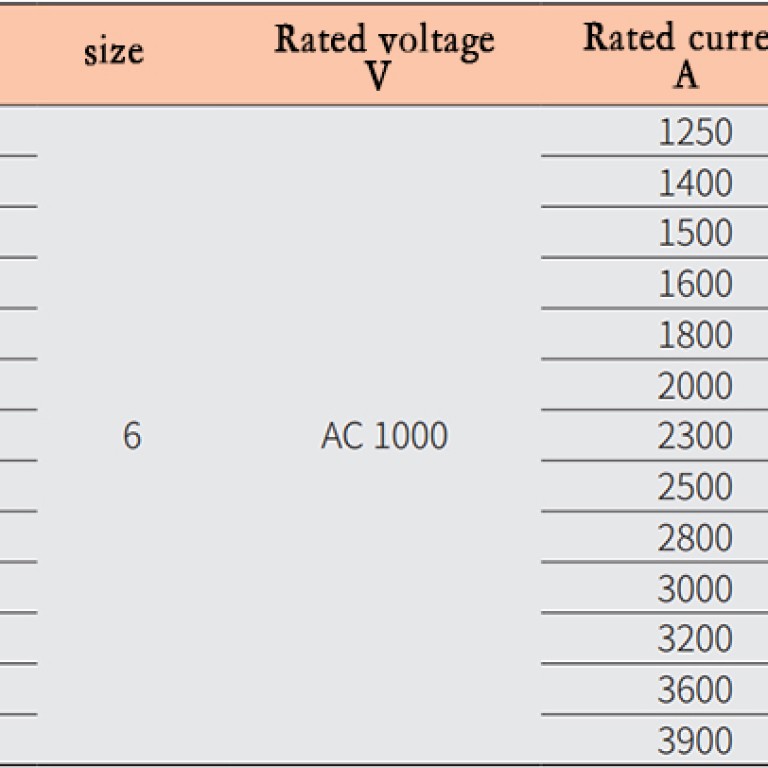Product description
DNT6-O1J fuse link for semiconductor equipment protection, suitable for AC systems, with a rated voltage of 1000V, with a rated current of 1250A~3900A, used for short-circuit protection of semiconductor components and their complete equipment.
All performance indicators of the product comply with GB/T 13539.4/IEC 60269-4.
Basic parameters of fuse links
| Product model | size | Rated voltage V | Rated current A | Rated breaking capacity kA |
| DNT6-01J-1250 | 6 | AC 1300 | 1250 | 100 |
| DNT6-01J-1400 | 1400 | |||
| DNT6-01J-1500 | 1500 | |||
| DNT6-01J-1600 | 1600 | |||
| DNT6-01J-1800 | 1800 | |||
| DNT6-01J-2000 | 2000 | |||
| DNT6-01J-2300 | 2300 | |||
| DNT6-01J-2500 | 2500 | |||
| DNT6-01J-2800 | 2800 | |||
| DNT6-01J-3000 | 3000 | |||
| DNT6-01J-3200 | 3200 | |||
| DNT6-01J-3600 | 3600 | |||
| DNT6-01J-3900 | 3900 |
What are the common current and voltage ratings for semiconductor fuses used in various applications?
The current and voltage ratings of semiconductor fuses can vary widely depending on their intended application. These ratings are critical for ensuring that the fuse can effectively protect electronic components by interrupting overcurrent conditions without prematurely blowing under normal operating conditions.
Here’s a general overview of common ratings for semiconductor fuses in various applications:
- Consumer Electronics
Voltage Ratings: Typically range from 5V for small devices (like smartphones and tablets) up to 250V for larger household appliances.
Current Ratings: Can be as low as a few milliamperes (mA) for very sensitive circuits and up to several amperes (A) for larger appliances.
- Industrial Equipment
Voltage Ratings: Industrial fuses can vary significantly, often ranging from 250V to 600V in many applications. For specialized equipment, the voltage rating can be much higher.
Current Ratings: Commonly range from a few amperes to several hundred amperes, depending on the power requirements of the equipment.
- Data Centers and Telecommunications
Voltage Ratings: Typically in the range of 48V for telecommunications equipment to 120V or 240V in data centers, and sometimes higher for large-scale installations.
Current Ratings: Can range from under 1A for small devices to 100A or more for large power distribution units.
- Automotive and Electric Vehicles (EVs)
Voltage Ratings: For traditional automotive applications, 12V or 24V is common. In electric vehicles, high-voltage systems can operate at 400V to 800V or even higher.
Current Ratings: Varies widely; small fuses in a vehicle’s electronic system might be rated for only a few amperes, while EV battery fuses could be rated for several hundred amperes due to the high power requirements.
- Renewable Energy Systems (Solar, Wind)
Voltage Ratings: In solar panel arrays, common ratings might be 600V, 1000V, or 1500V. Wind turbines might use fuses rated for several kilovolts, depending on the system design.
Current Ratings: Typically in the range of 10A to 250A, but this can be higher for larger installations or different configurations.aR Semiconductor Protection
- Medical Equipment
Voltage Ratings: Typically range from 120V to 240V for equipment used in areas with standard electrical outlets. Specialized equipment might require different ratings.
Current Ratings: Generally lower, often ranging from less than 1A to around 20A, reflecting the lower power requirements and the emphasis on precision and safety.
General Considerations
Application-Specific Needs: The appropriate rating for a semiconductor fuse depends on the specific electrical and thermal characteristics of the application.aR Semiconductor Protection
Safety Margins: Fuses are usually selected with a certain margin above the normal operating current to prevent nuisance tripping but still provide reliable protection against overcurrents.
Environmental Factors: The operating environment (such as temperature, humidity, and potential exposure to chemicals or mechanical stress) can also influence the selection of fuses.
It’s important to note that these are general ranges and the actual requirements for a specific application can vary. Engineers and designers typically refer to detailed specifications and standards when selecting fuses for a particular use case.
Click to view grl group company information>>
Click to view grl fuse link product>>
Click to view fuse base product>>
Click to view fuse holder product>>
leave your question
Get your Comfortable Solution
![]()
GRL Electric Co., Ltd. is one of the leading companies in the Middle And High End market of low-voltage electric in China






